This was a fairly quiet week in the market for the metals, with a min-rally on Thursday especially in silver which hit almost $15. By the end of the week, the price of gold was down $13 and the price of silver was up 3 cents. The action was elsewhere (e.g. equities and currencies).
We don’t think that the price action necessarily tells us anything by itself. That’s why we look at it in the light of the basis action—the spread between spot and futures. What happened to the fundamentals of the metals this week?
First, here is the graph of the metals’ prices.
The Prices of Gold and Silver
Click on picture to enlarge
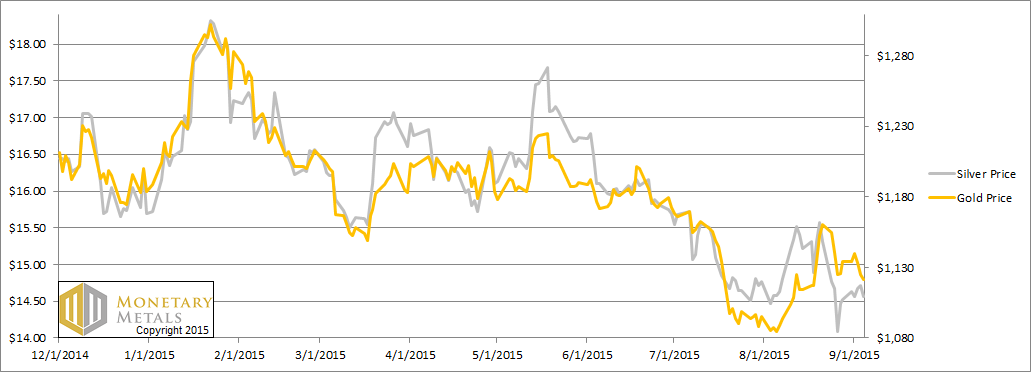
We are interested in the changing equilibrium created when some market participants are accumulating hoards and others are dishoarding. Of course, what makes it exciting is that speculators can (temporarily) exaggerate or fight against the trend. The speculators are often acting on rumors, technical analysis, or partial data about flows into or out of one corner of the market. That kind of information can’t tell them whether the globe, on net, is hoarding or dishoarding.
One could point out that gold does not, on net, go into or out of anything. Yes, that is true. But it can come out of hoards and into carry trades. That is what we study. The gold basis tells us about this dynamic.
Conventional techniques for analyzing supply and demand are inapplicable to gold and silver, because the monetary metals have such high inventories. In normal commodities, inventories divided by annual production (stocks to flows) can be measured in months. The world just does not keep much inventory in wheat or oil.
With gold and silver, stocks to flows is measured in decades. Every ounce of those massive stockpiles is potential supply. Everyone on the planet is potential demand. At the right price, and under the right conditions. Looking at incremental changes in mine output or electronic manufacturing is not helpful to predict the future prices of the metals. For an introduction and guide to our concepts and theory, click here.

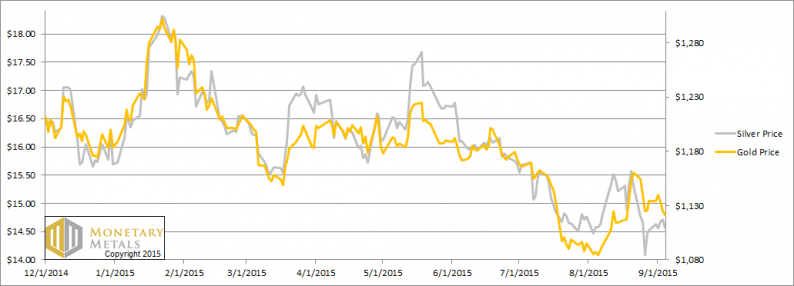






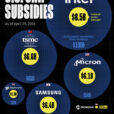
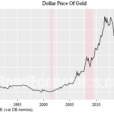


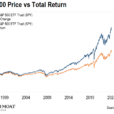
Leave A Comment